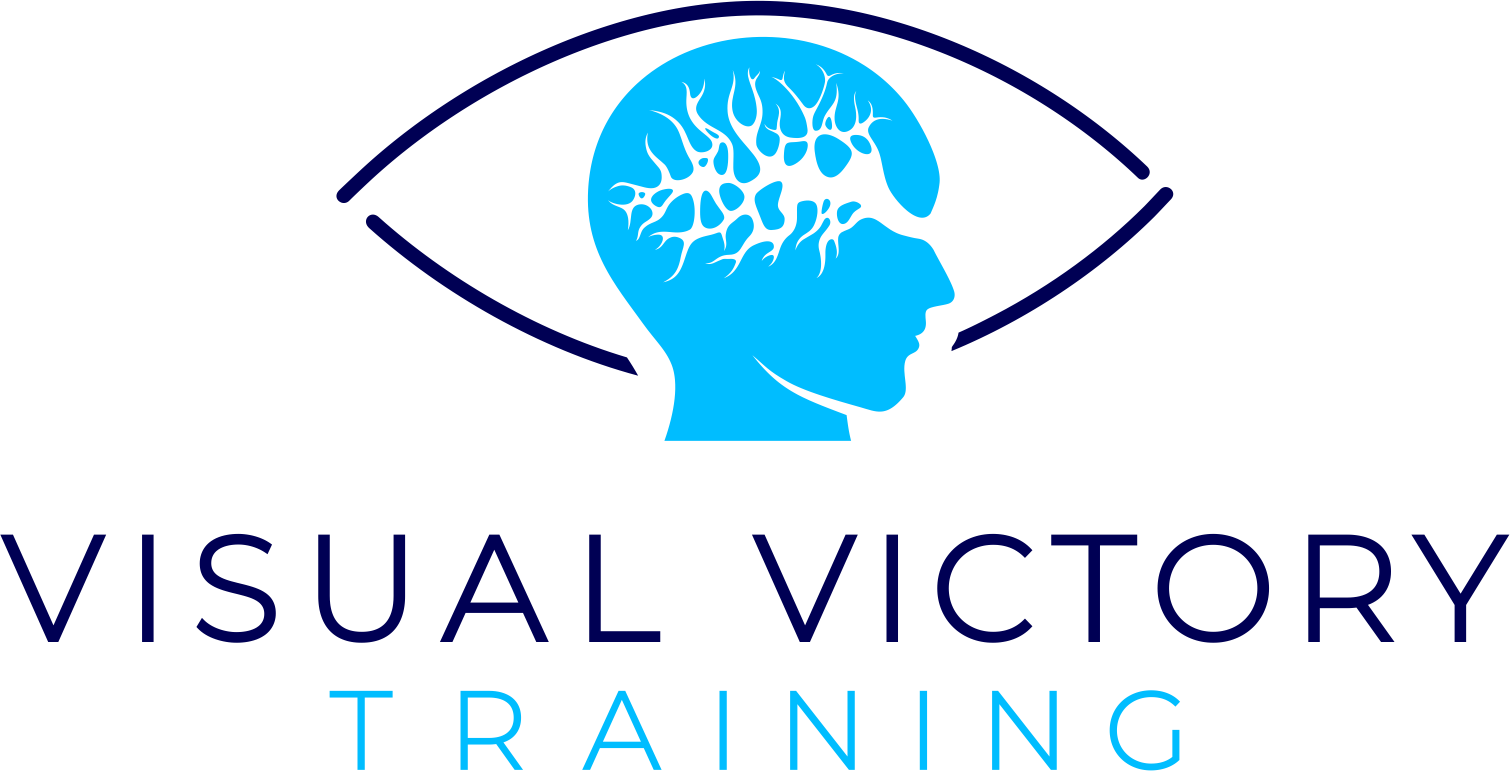
Strabismus
Strabismus is commonly referred to as a “crossed eye” or “wandering eye”. It is a visual condition in which a person is unable to align both eyes simultaneously. When the eyes do not point at the same object at the same time, the result is the appearance of one eye turning in relationship to the other. A person with strabismus has reduced binocular function and depth perception.
Whether the eye turn is constant or intermittent, strabismus always requires treatment. It will not go away on its own, and children will not outgrow it.
People who have strabismus struggle with visual space orientation. This orientation is a mental phenomenon that exists in the visual cortex of the brain. If left untreated, the eye that turns may also have reduced visual acuity, a condition known as amblyopia or “lazy eye”.
Treatment for Strabismus & Amblyopia
Treatment for amblyopia is different depending on which doctor you see. Some will tell you that nothing can be done after age 7 or 9. However, new research is confirming what we have known for years; thanks to optometric vision therapy, it is never too late to treat a lazy eye! It is definitely true that the earlier amblyopia and other vision conditions are diagnosed, the easier they are to treat and manage. But, even adults well into their 40’s and older can often benefit from vision therapy.
As a parent it is important to educate yourself on ALL treatment options because children do not outgrow eye turns or lazy eye.
Surgery is not the only way to treat an eye turn and there are more effective treatment options for lazy eye other than patching alone (with or without drops).
Optometric vision therapy has helped many patients achieve normal vision in their amblyopic eye and has also resulted in eyes that are straight without the need for surgery! If you have been told your child is too old to treat, there is still hope. Vision therapy gets excellent results no matter how old the patient is.
request an appointmentContent Provided by Bristol Communications
